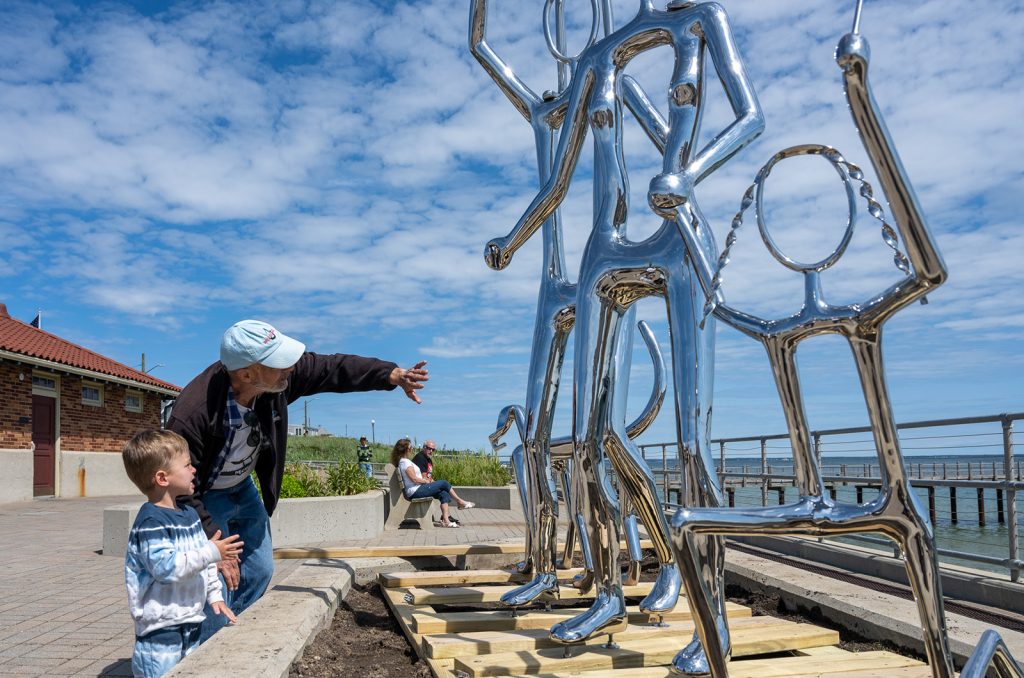Introduction of Auguste Rodin Sculptures
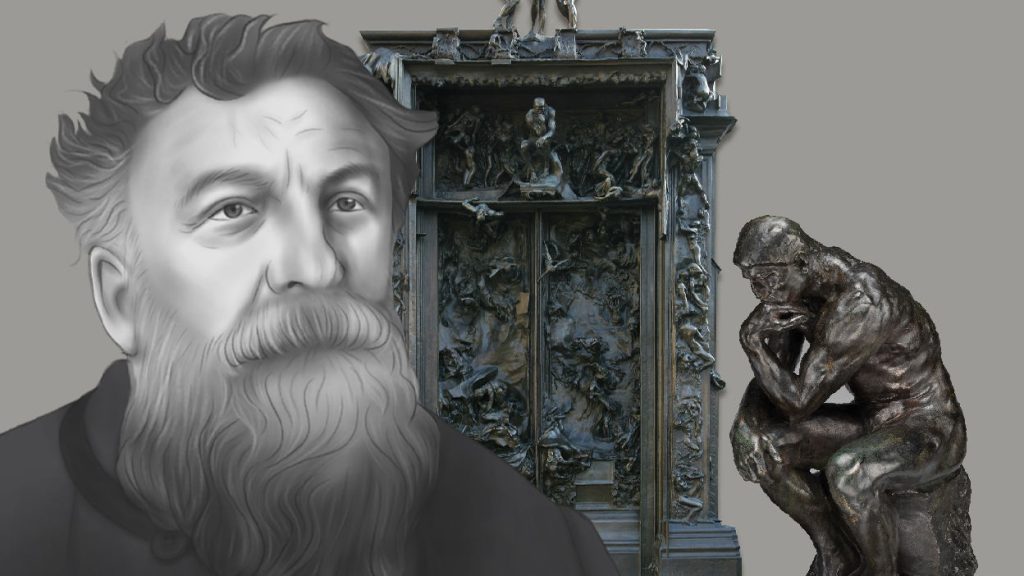
Auguste Rodin Sculptures are famous all over the world. Countless creative thinkers have emerged in the world of art, each leaving an indelible mark on the canvas of history. One of the outstanding figures is Auguste Rodin, a French sculptor who, with his mastery of form and emotion, completely transformed the sculpture world. He was born on November 12, 1840 in Paris, and his ability to capture human emotions through stones and bronze elevated him to the ranks of great artists.
Early Life and Struggle
Rodin’s path towards artistic excellence is not always smooth sailing. He was twice rejected by the famous É cole des Beaux Arts in Paris, initially weakening his artistic aspirations. However, Rodin’s passion for sculpture remained unwavering. He draws inspiration from classical sculpture, nature, and human forms, continuously improving his skills, and cultivating a unique style that is completely different from that of artists of his time.
The Thinker: A Symbol of Wisdom and Speculation
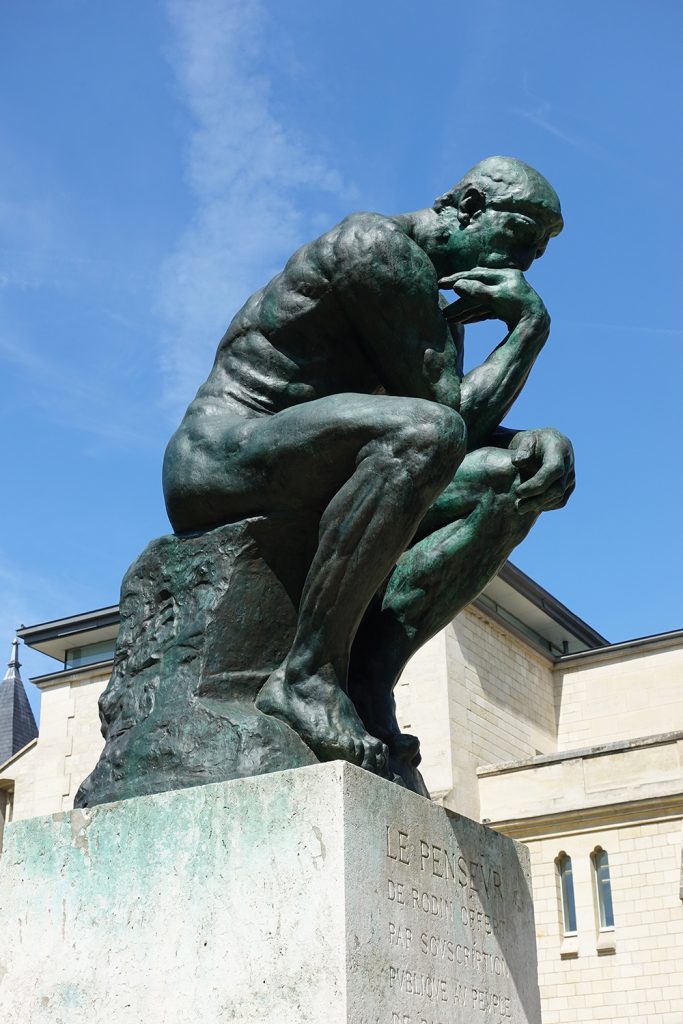
One of Rodin’s most iconic works, “The Thinker,” showcases his ability to capture complex emotions under the constraints of hard stones. Initially as part of the larger work ‘Hell’s Gate’, this sculpture depicts a deeply contemplative person, with furrowed brows and clenched fists indicating the intensity of his thinking. The Thinker has become a universal symbol of intellectual introspection and human pursuit of knowledge, and a universal symbol of philosophical exploration.
Acceptance of Imperfection: Aesthetic Perception in ‘Citizen of Calais’
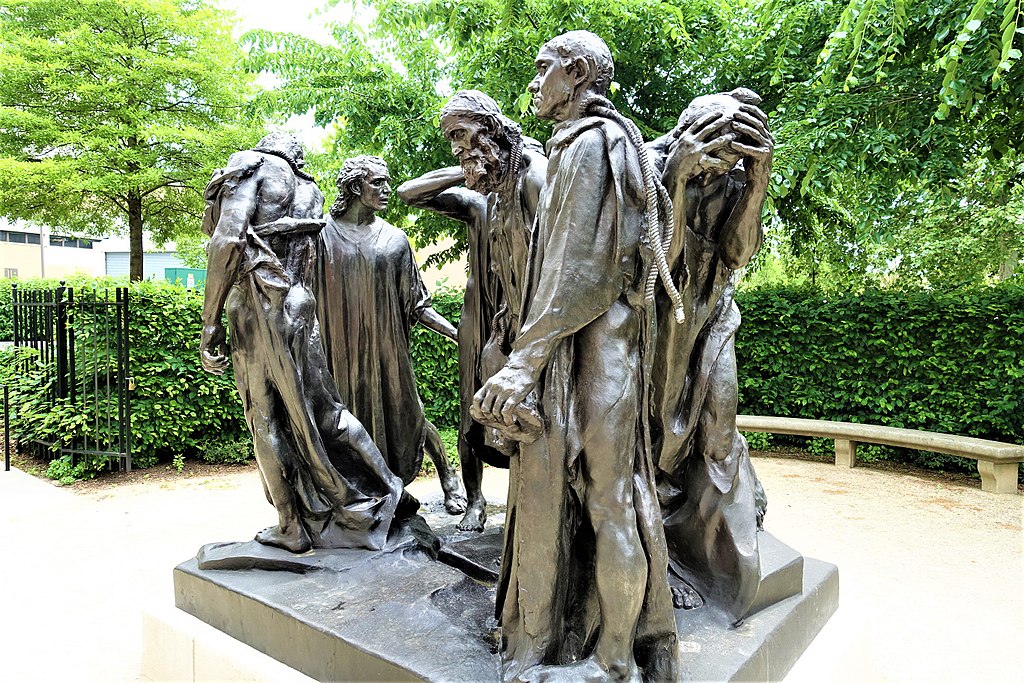
In “The Citizen of Calais,” Rodin abandons the traditional heroic depiction of historical events. This sculpture commemorates six citizens who bravely sacrificed themselves during the Hundred Years’ War. Rodin did not depict them as flawless heroes, but rather presented emotional conflicts and physical exhaustion. They are each fighting against the upcoming fate. The authenticity of emotions and their vulnerability to fear and pain demonstrate Rodin’s commitment to shaping the depth of human experience.
Auguste Rodin Sculptures: Kiss
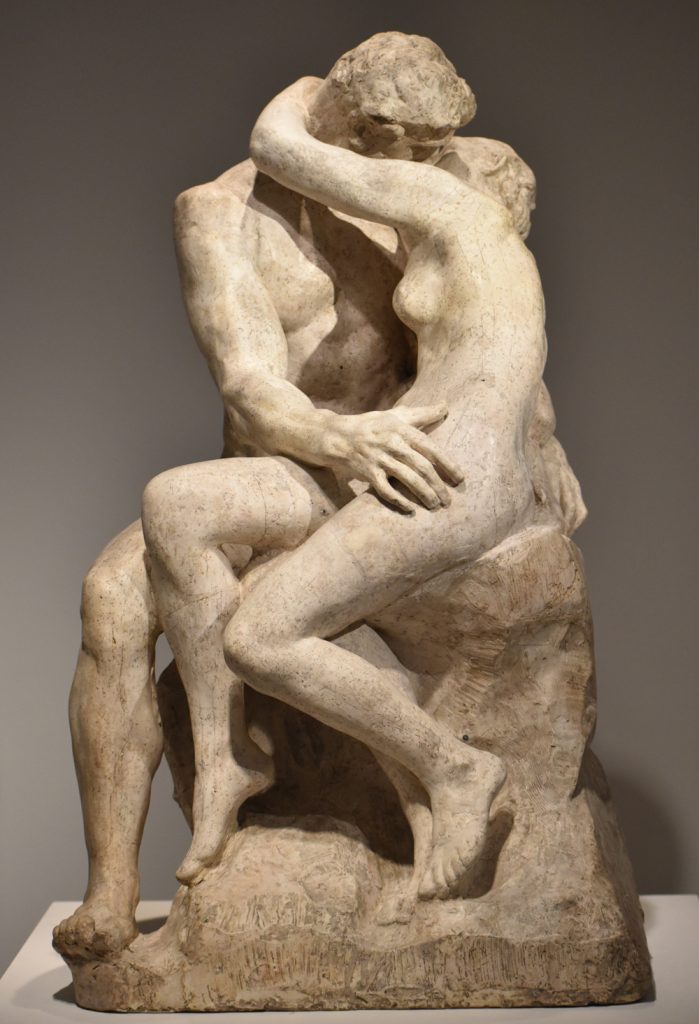
In ‘Kiss’, Rodin captures the essence of passion and sensibility through the entangled body of a man and a woman. This sculpture explores the complexity of human relationships, blending desire, tenderness, and fragility into one work. The emotional curves and intertwined forms demonstrate Rodin’s mastery of sculptural human anatomy and his ability to evoke strong emotions through static art forms.
Heritage and Impact
Auguste Rodin’s influence on the art world cannot be underestimated. He deviated from traditional norms and explored ways of human emotions, paving the way for modern sculpture and influencing future artists. He emphasized conveying human experiences, including flaws and beauty, challenging established conventions at the time and continuing to inspire artists today.
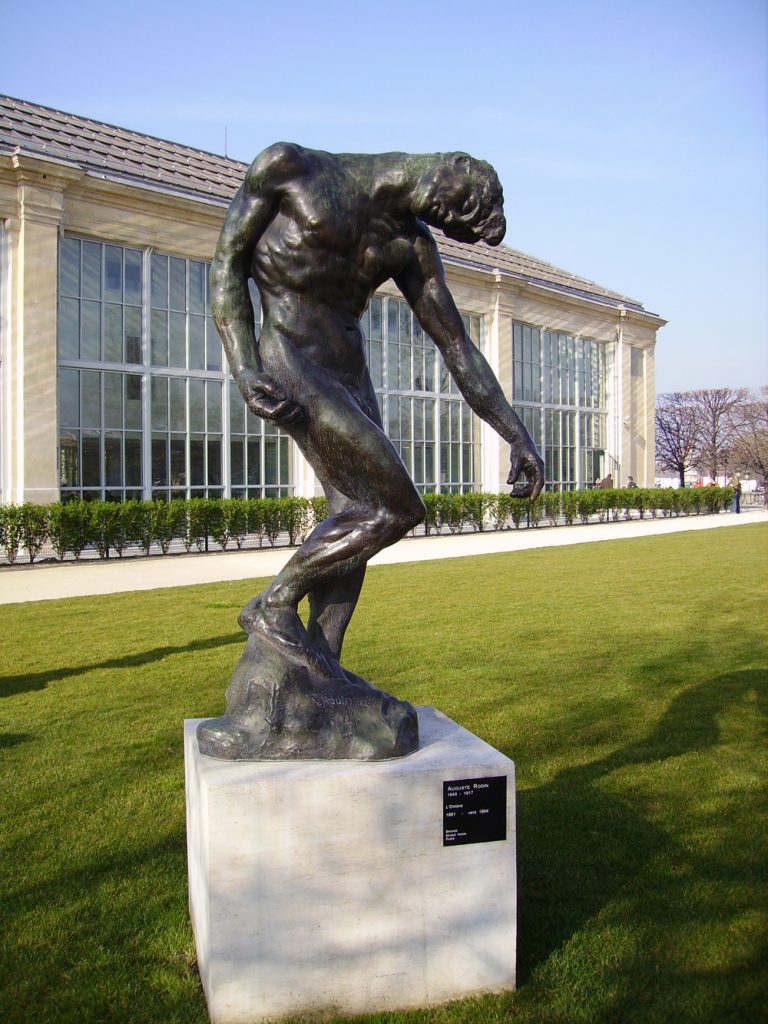
Conclusion of Auguste Rodin Sculptures
Auguste Rodin sculptures are not just stones or bronze; They are containers that carry the essence of human emotions and experiences. He transformed hard materials into carriers of emotion and introspection, proving his artistic genius. As we gaze at his masterpiece, we are reminded that art has a power that transcends time and connects us to our common human depth. The legacy of Auguste Rodin remains a lasting witness to the beauty of human spirit, forever engraved in the annals of artistic history.

